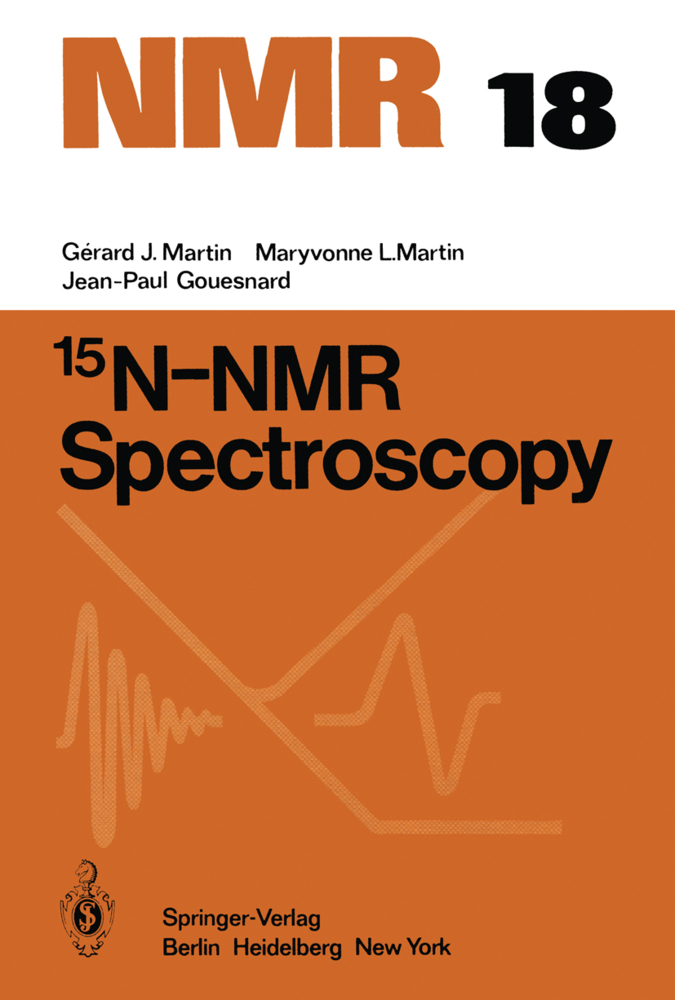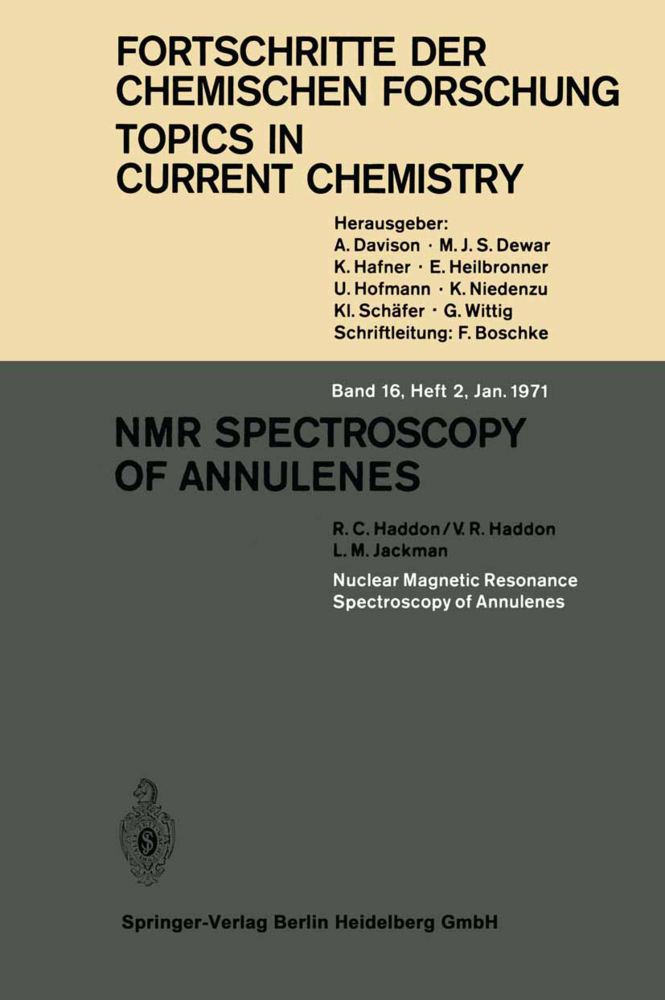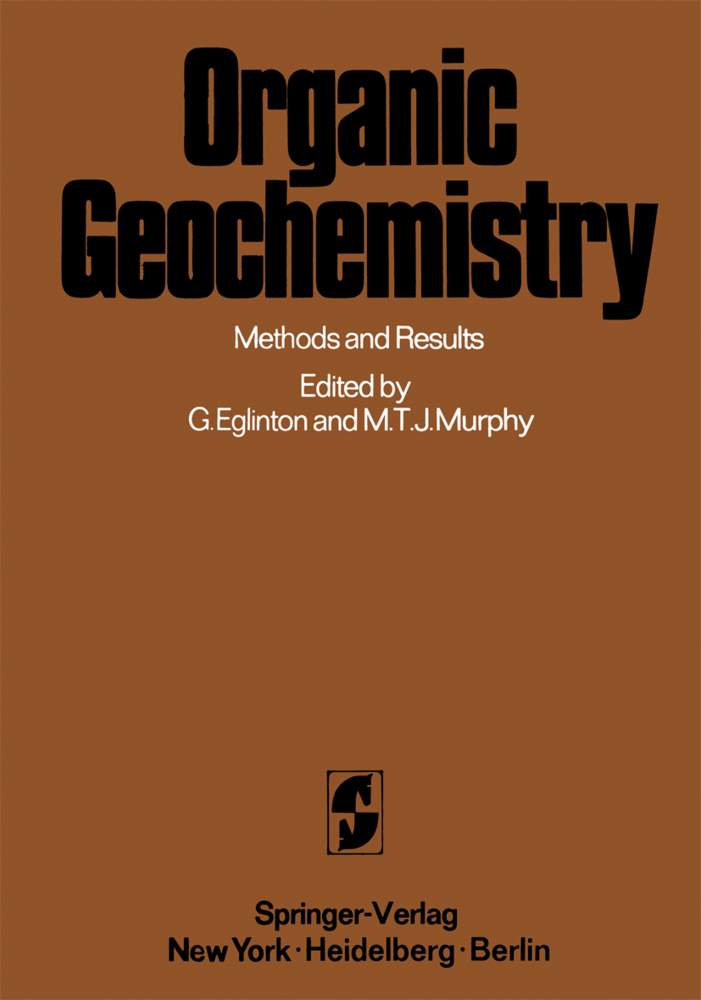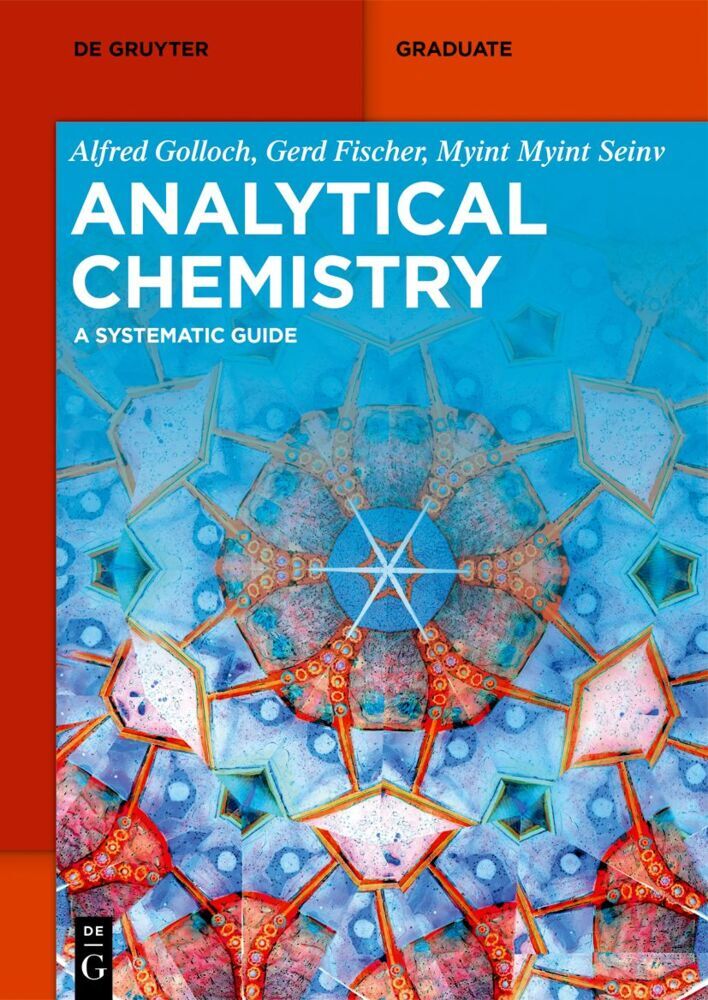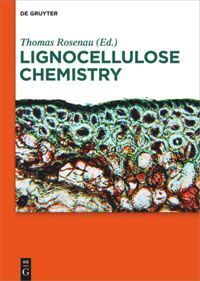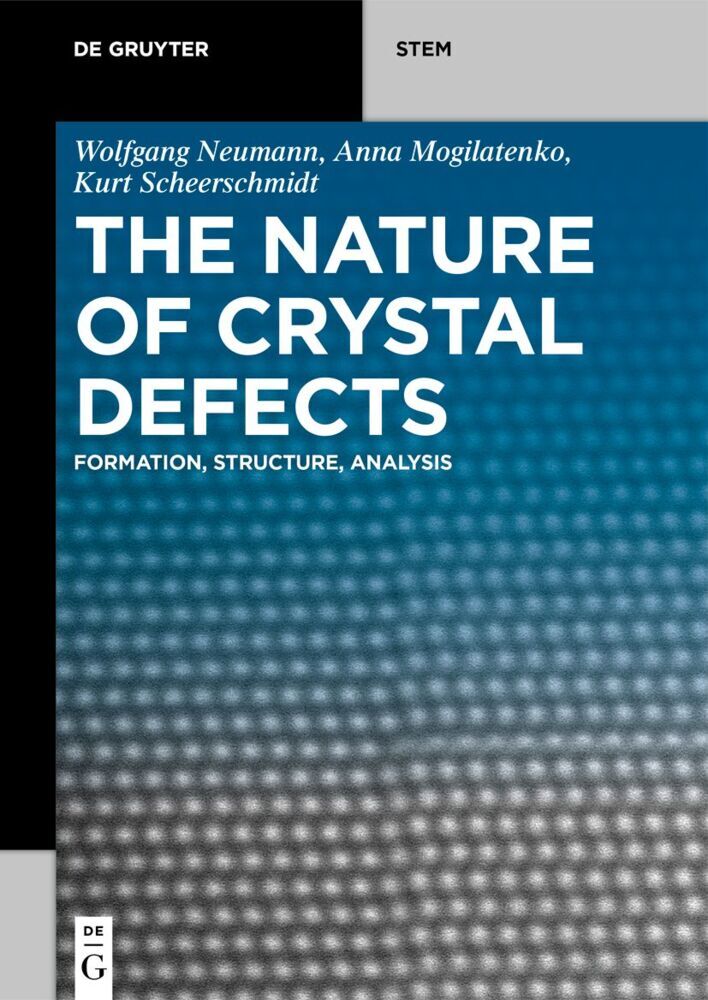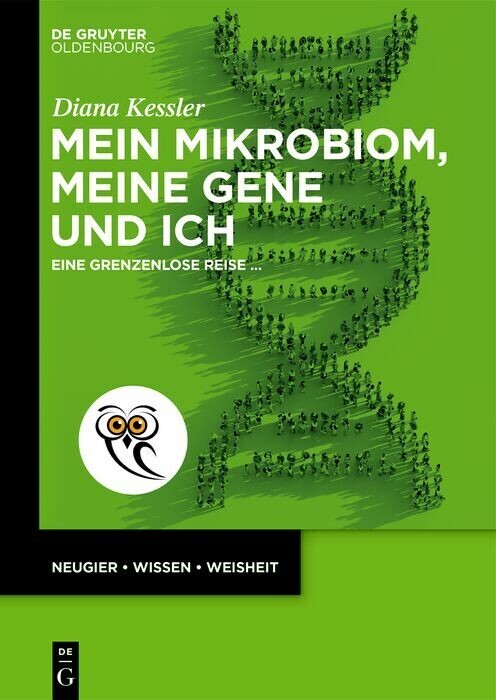15N-NMR Spectroscopy
15N-NMR Spectroscopy
After the proton and carbon, nitrogen is, with oxygen, the most impor tant atom in organic and especially bioorganic molecules. However, the development of nitrogen spectroscopy is indeed very recent. This is due to the fact that nitrogen-14, which is the naturally abundant iso tope, suffers, for structural studies, from the disadvantages inherent in nuclei with a quadrupolar moment (Table 1.1). Actually, indirect 15N measurements were reported in the early days of double resonance spectroscopy and the first direct detection of 15N resonance signals at the natural abundance level was realized in 1964 (R 17) at 4.33 MHz 1 (~ 1T) using a 15 mm o.d. cell in the field sweep mode (~ 0.16 min- ). Signal-to-noise ratios only of 3-4 were obtained for neat liquids and this low sensitivity of the 15N resonance still remains the main dis advantage for 15 spectroscopy (Table 1.1). However, nitrogen-15 has, N probably more than any other nucleus, benefited from the advances of NMR technology, i.e. Fourier transformation, multinuclear facilities, wide-bore super conducting solenoids, and, with the new generation of spectrometers, 15N-NMR is entering the field of routine investigation. Nevertheless, in spite of these spectacular improvements, obtaining 15N spectra of diluted species or large biochemical molecules is often not very easy and a good knowledge of the relaxation properties pecu liar to 15N may be necessary in order to adjust the pulse sequences and the decoupler duty cycle correctly (Section 2).
2 Relaxation Phenomena and Nuclear Overhauser Effects. Molecular Dynamics and Observation of the 15N Signals
2.1 The Mechanisms of Nitrogen Relaxation
2.2 Electron Nuclear Relaxation and Influence of Paramagnetic Species
2.3 Nitrogen Relaxation in Small Molecules
2.4 Nitrogen Relaxation in Large Molecules. The Isotopic Substitution Method
2.5 The Nuclear Overhauser Effect
Tables
3 Experimental Techniques in 15N Spectroscopy
3.1 Experimental Methods for Recording 15N Spectra
3.2 Sample Preparation
Tables
4 Reference for 15N Chemical Shifts
4.1 External and Internal Locking and Referencing
4.2 The Various References Used in 15N Spectroscopy. Conversion to the External Nitromethane Scale
4.3 Universal Scales of Nitrogen Chemical Shifts
4.4 Absolute Nitrogen Shieldings
Tables
5 Medium Effects in 15N Spectroscopy
5.1 Physical Properties and Polarity Factors of Solvents
5.2 Solvent Effects on 15N Chemical Shifts
5.3 Solvent Effects on nJ15N~X Coupling Constants
Table
6 15N Chemical Shifts
6.1 Tables of 15N Chemical Shifts
6.2 Correlation Analysis of 15N Chemical Shifts
Tables
7. nJ15N~X Coupling Constants
7.1 Tables of nJ15N~X Coupling Constants
7.2 Correlation Analysis of nJ15N~X Coupling Constants
Tables
8 Application of 15N Spectroscopy to the Study of Dynamic Processes and Reaction Mechanisms
8.1 Exchange Processes studied by Line-Shape Modification Experiments
8.2 CIDNP Experiments
8.3 Application of 15N Spectroscopy to the Study of Chemical and Biochemical Mechanisms
References
Index of Compounds.
1 Introduction
Table2 Relaxation Phenomena and Nuclear Overhauser Effects. Molecular Dynamics and Observation of the 15N Signals
2.1 The Mechanisms of Nitrogen Relaxation
2.2 Electron Nuclear Relaxation and Influence of Paramagnetic Species
2.3 Nitrogen Relaxation in Small Molecules
2.4 Nitrogen Relaxation in Large Molecules. The Isotopic Substitution Method
2.5 The Nuclear Overhauser Effect
Tables
3 Experimental Techniques in 15N Spectroscopy
3.1 Experimental Methods for Recording 15N Spectra
3.2 Sample Preparation
Tables
4 Reference for 15N Chemical Shifts
4.1 External and Internal Locking and Referencing
4.2 The Various References Used in 15N Spectroscopy. Conversion to the External Nitromethane Scale
4.3 Universal Scales of Nitrogen Chemical Shifts
4.4 Absolute Nitrogen Shieldings
Tables
5 Medium Effects in 15N Spectroscopy
5.1 Physical Properties and Polarity Factors of Solvents
5.2 Solvent Effects on 15N Chemical Shifts
5.3 Solvent Effects on nJ15N~X Coupling Constants
Table
6 15N Chemical Shifts
6.1 Tables of 15N Chemical Shifts
6.2 Correlation Analysis of 15N Chemical Shifts
Tables
7. nJ15N~X Coupling Constants
7.1 Tables of nJ15N~X Coupling Constants
7.2 Correlation Analysis of nJ15N~X Coupling Constants
Tables
8 Application of 15N Spectroscopy to the Study of Dynamic Processes and Reaction Mechanisms
8.1 Exchange Processes studied by Line-Shape Modification Experiments
8.2 CIDNP Experiments
8.3 Application of 15N Spectroscopy to the Study of Chemical and Biochemical Mechanisms
References
Index of Compounds.
Martin, G. J.
Martin, M. L.
Gouesnard, J.-P.
| ISBN | 978-3-642-50174-6 |
|---|---|
| Artikelnummer | 9783642501746 |
| Medientyp | Buch |
| Auflage | Softcover reprint of the original 1st ed. 1981 |
| Copyrightjahr | 2012 |
| Verlag | Springer, Berlin |
| Umfang | VII, 384 Seiten |
| Abbildungen | VII, 384 p. 10 illus. |
| Sprache | Englisch |

